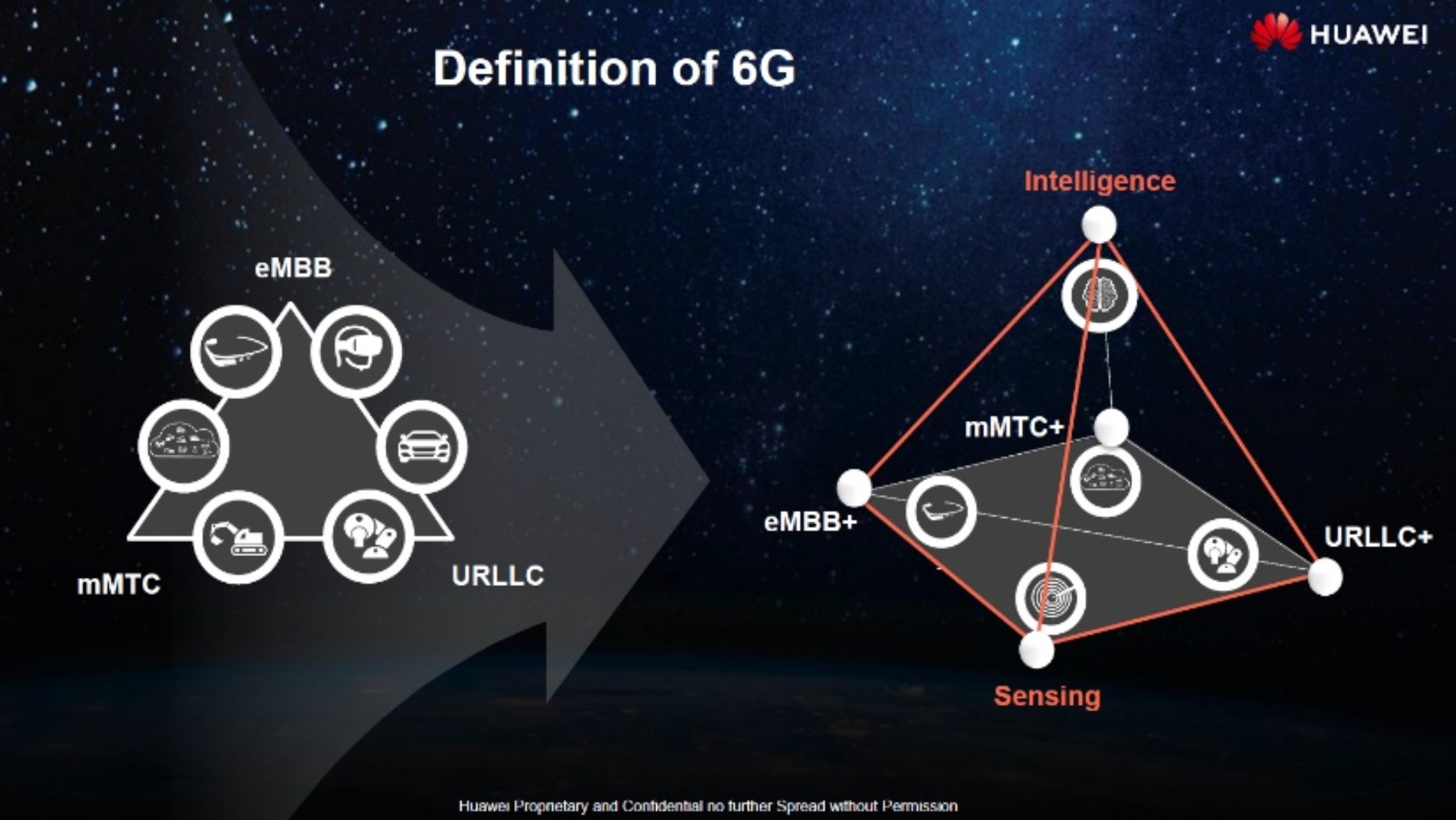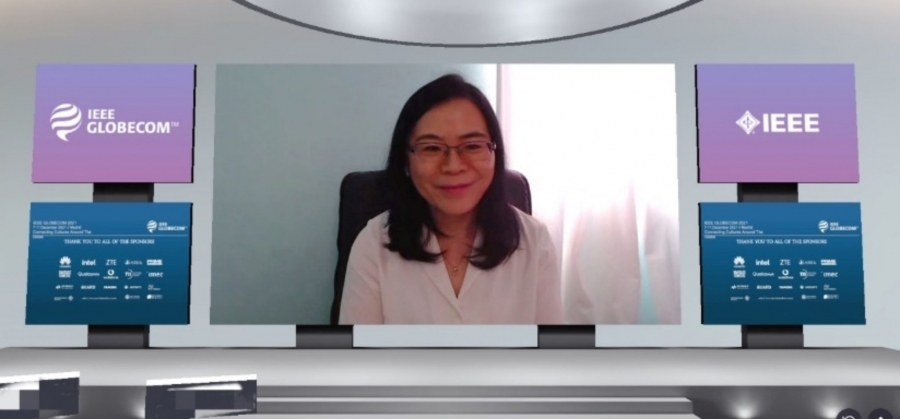One of these visionary entities is Huawei, who has certainly done its part in promoting and leading the 5G transformation. In this regard, the chinese technology leader presented its vision of 6G during the Global Communications Conference held in Madrid between december 7 and 11; and we must admit that its perspective has been very interesting.

Going into detail, 6G connectivity promises much more than high browsing speeds and lower latency, as the services that will be possible go beyond communications.
According to Peiying Zhu, senior vice president of wireless research at Huawei, 6G is more like a "distributed neural network with communication links, in which the data center will become the neural center and edge nodes will become neural edges."
Continuing this line of thinking, 6G will consist of a network of sensors and devices that can be used to sense the environment via radio waves. As a result, so-called Virtual-X communication occurs, enabling the joint performance of tasks in the real and virtual world.
Naturally, users are only concerned with the use cases and benefits that this technology can bring us, and we can anticipate that the list is quite extensive.
Some of the typical use cases for 6G are haptic, multisensory and holographic communication, which have enormous potential for creating immersive experiences. But this is just the tip of the iceberg, as applications extend to Level 5 autonomous driving, robotics and smart healthcare, and artificial intelligence as a service.
Therefore, the key capabilities of the sixth generation of networks lie in native intelligence, extreme connectivity and integrated non-terrestrial networks, just to name a few.
However, there is still a long way to go and many open debates before a global 6G standard can be established; which is why what has been outlined so far is only the vision of one of the players, but that is not why it should be underestimated.
 English
English  Español
Español 
